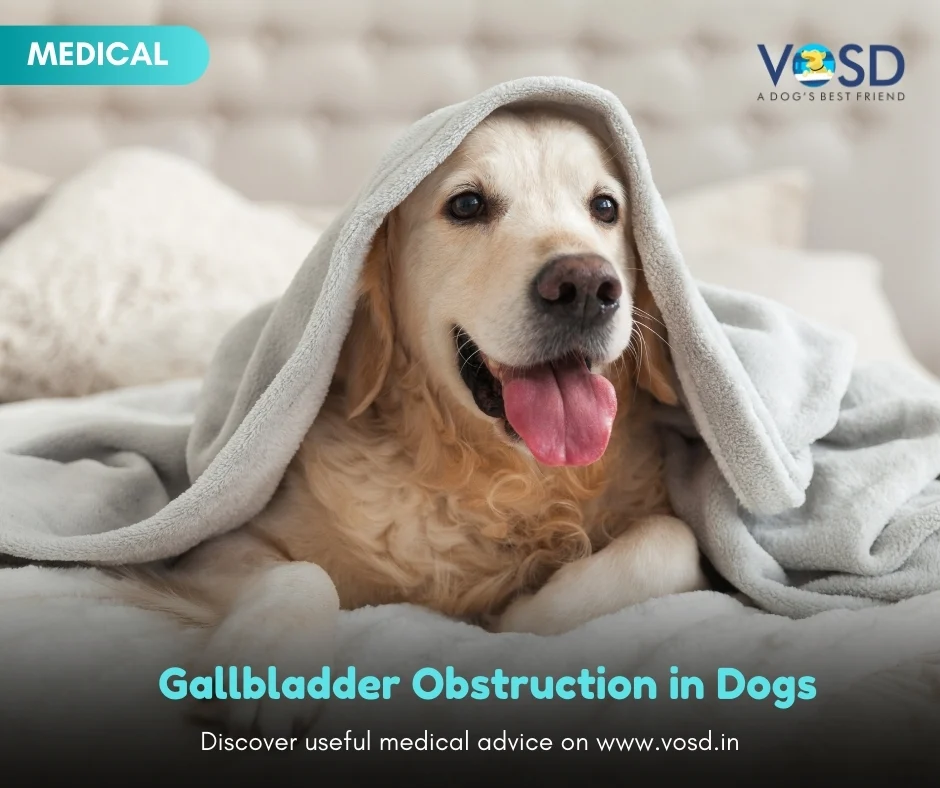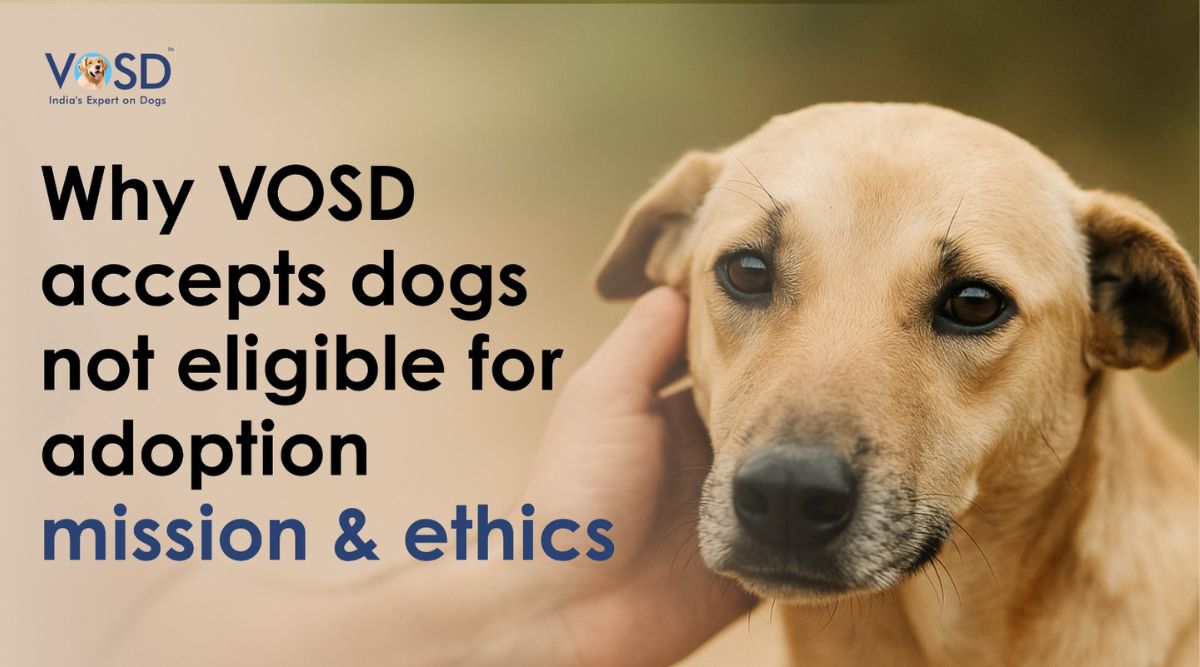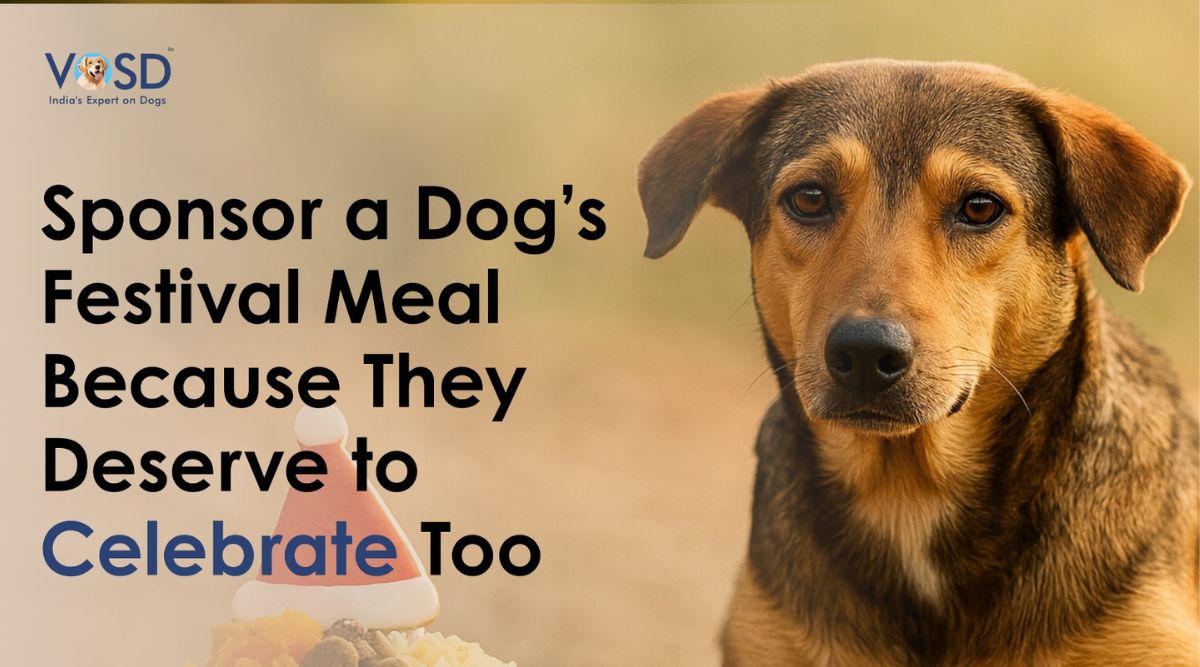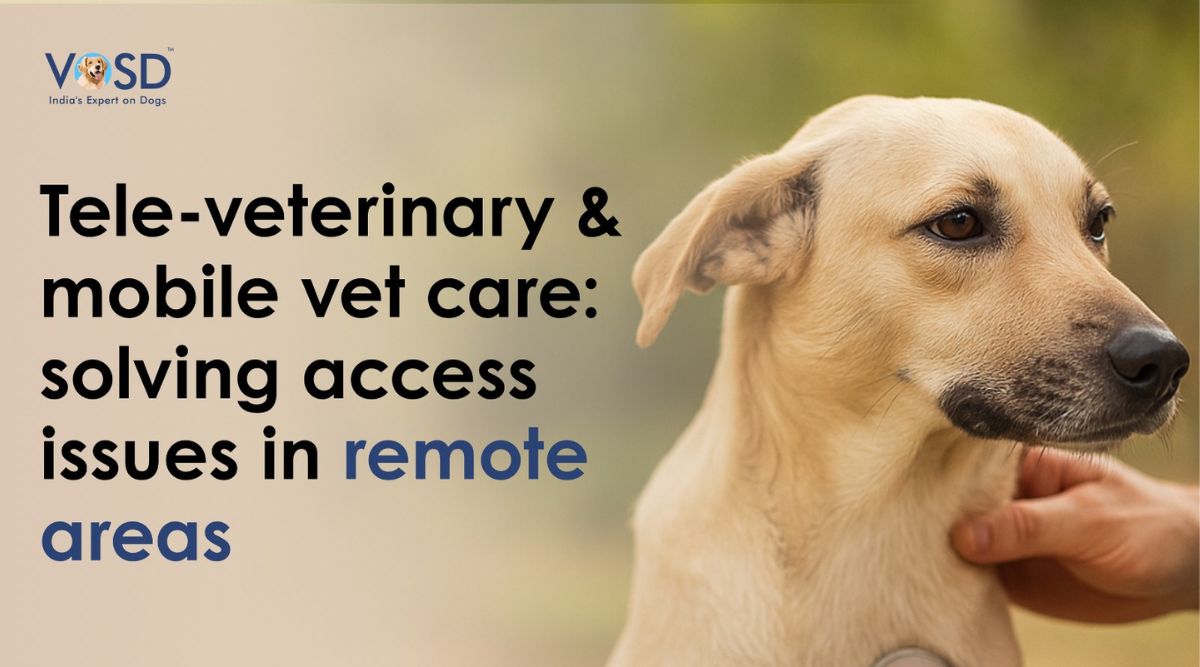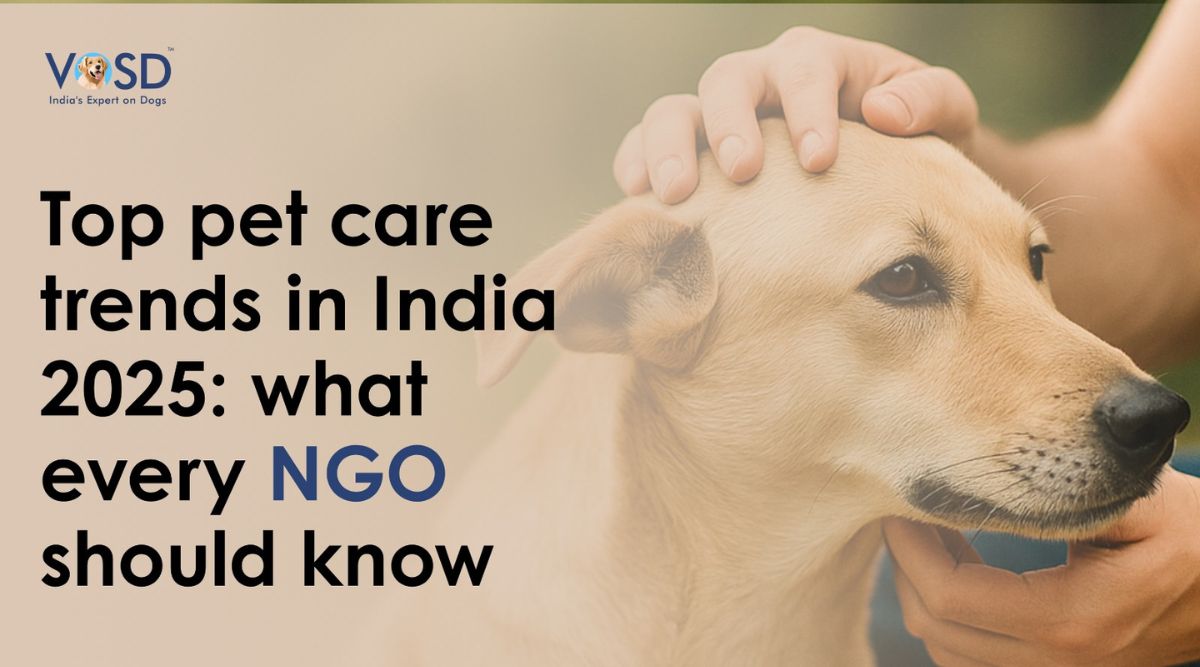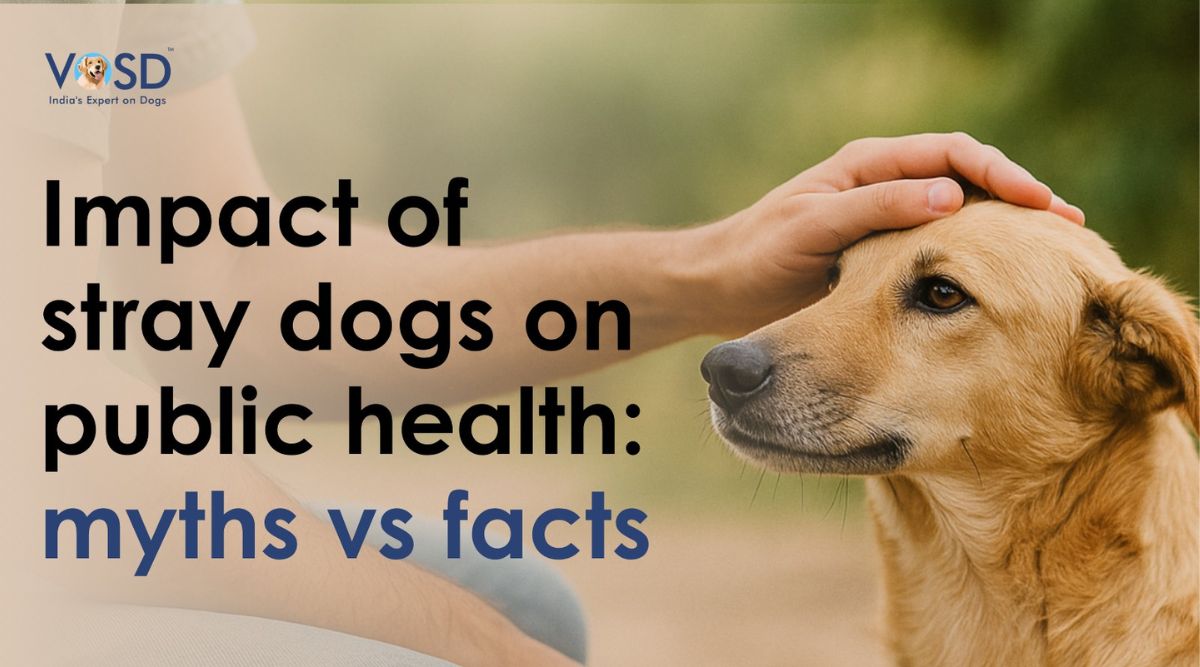The gallbladder is the organ that receives the bile from the liver. From the gallbladder, the bile is released into the bile duct through the pancreas and into the small intestine. An obstruction, i.e., gallbladder mucocele, in the gallbladder can be harmful to your dog’s health well-being. The health problems that can arise out of an obstruction in the gallbladder include pancreatitis, cancer, parasitic infections, gallbladder cyst, or bile duct malformation.
Symptoms of Gallbladder Obstruction in Dogs
It is imperative that you pay attention to gallbladder obstructions immediately. If you notice signs that your dog is not well or is acting differently, consult your dog’s Vet at the earliest. However, gallbladder obstruction may be symptomatic or asymptomatic. Noticeable symptoms include
- Jaundice – yellow tinge in the mucous membranes, eyes, and the skin.
- Pain in the abdomen
- Loss of appetite
- Fever
- Lethargy
- Vomiting
- Dehydration
- Excessive thirst and urination
- Collapse from an inflammation of the abdominal lining or a dysfunction of blood vessels
Causes of Gallbladder Obstruction in Dogs
Gallbladder obstructions of any kind can affect the normal digestive process and the absorption of fats, thereby causing severe problems in your dog. Common causes of gallbladder obstruction includes:
- Problems with lipid metabolism which is generally inherent in certain dog breeds such as Sheepdogs or miniature Schnauzers.
- Too much bile and mucous that backs up and a lack of flow into the small intestines and bile duct -Stasis
- Cancerous tumours in the liver, lymph nodes, pancreas, and bile ducts can cause blockage in gallbladder – Neoplasia
- Swollen pancreas may restrict the bile duct and cause gallbladder distention leading to gallbladder obstruction
- Excessive bile concentration can cut off the flow as the bile can form gallstones
- A high fat diet that increases cholesterol levels in the bile
- Gallbladder dysmotility, which is a lack of movement between organs
- Abnormal multiplying of cells – adrenal hyperplasia
- Previous glucocorticoid treatment
Diagnosis of Gallbladder Obstruction in Dogs
The diagnosis of gallbladder obstruction will depend on the conditions causing dysmotility of the gallbladder. Gallbladder obstruction will need immediate intervention for any chance of recovery. When you suspect your dog of altered behaviour and any other symptoms listed, you must go to the Vet with the complete medical history along with the list of symptoms and their onset.
An accurate diagnosis can be made by checking the blood biochemistry for enzyme activity, and serum levels, as high levels of activity in enzymes ALP, AST, ALT, and GGT could be a sign of liver disease. It is common to see low albumin, high bilirubin, and electrolyte imbalance. If there is an excessive amount of fats in the blood and bile, it will be revealed in the elevated triglycerides. Haematology will be ordered to check for anaemia and leukocyte imbalances.
Additional tests will include an ultrasound to highlight signs of abnormalities in the gallbladder, liver, bile duct, and pancreas. For instance, gallbladder will show a thickening of the wall, or an inflammation of the bile duct can reveal a blocked flow of bile.
If an ultrasound or an X-ray proves insufficient for an accurate diagnosis, the Vet may perform an exploratory laparotomy under general anaesthesia. Laparotomy involves aspiration sampling of the fluids from the abdominal cavity or the biliary structures through an incision into the abdominal cavity.
If required, the Vet will order a liver biopsy, sensitivity testing, cell exams, and bacterial culture.
Treatment of Gallbladder Obstruction in Dogs
In some cases, dogs may be treated as outpatients, and the Vet will prescribe anti-inflammatory medication along with liver-protecting agents. If bile peritonitis is suspected, an abdominal cleansing will be undertaken.
Gallbladder obstruction is best treated through surgery. In the case of secondary pancreatitis, treating the inflammation in the pancreas may remove the obstruction. However, the blockage may still remain, and that will have to be removed surgically. In complicated cases, a cholecystoduodenostomy may be the only option connecting the gallbladder to the intestine directly and bypassing the pancreas.
If the obstruction is caused by infection or biliary sludge, the Vet can remove it surgically. If the gallstones are too large, a cholecystectomy may be essential, and it removes the entire gallbladder. It is good to remember that your dog can live a full-life even without a gallbladder as long as you change the diet to a low-fat one.
All patients with gallbladder obstruction will need hydration therapy to ensure fluid and electrolytes are in proper balance. The Vet may also put your dog on
antiemetics, antacids, gastro protectants, Vitamin K1 and antioxidant medications.
Recovery from Gallbladder Obstruction in Dogs
Immediate treatment of gallbladder obstructions will ensure that ruptured gallbladder or bile duct distension is avoided. If the obstruction is diagnosed immediately and treatment put in place, the prognosis is favourable. There may still be risks of secondary health issues that prevent complete recovery.
Your dog’s Vet will recommend a revised diet that includes Omega 3 supplements, minerals and vitamin supplements including Zinc, Vitamins K, C, and B to help the recovery process. It goes without saying that regular follow-up visits to the Vet are essential, and close monitoring will ensure no recurrences of gallbladder obstructions.
Disclaimer:
The information contained in VOSD Vet Advice™ is not intended nor implied to be a substitute for professional medical action which is provided by your vet. You assume full responsibility for how you choose to use this information. For any emergency situation related to a dog’s health, please visit the nearest veterinary clinic.

